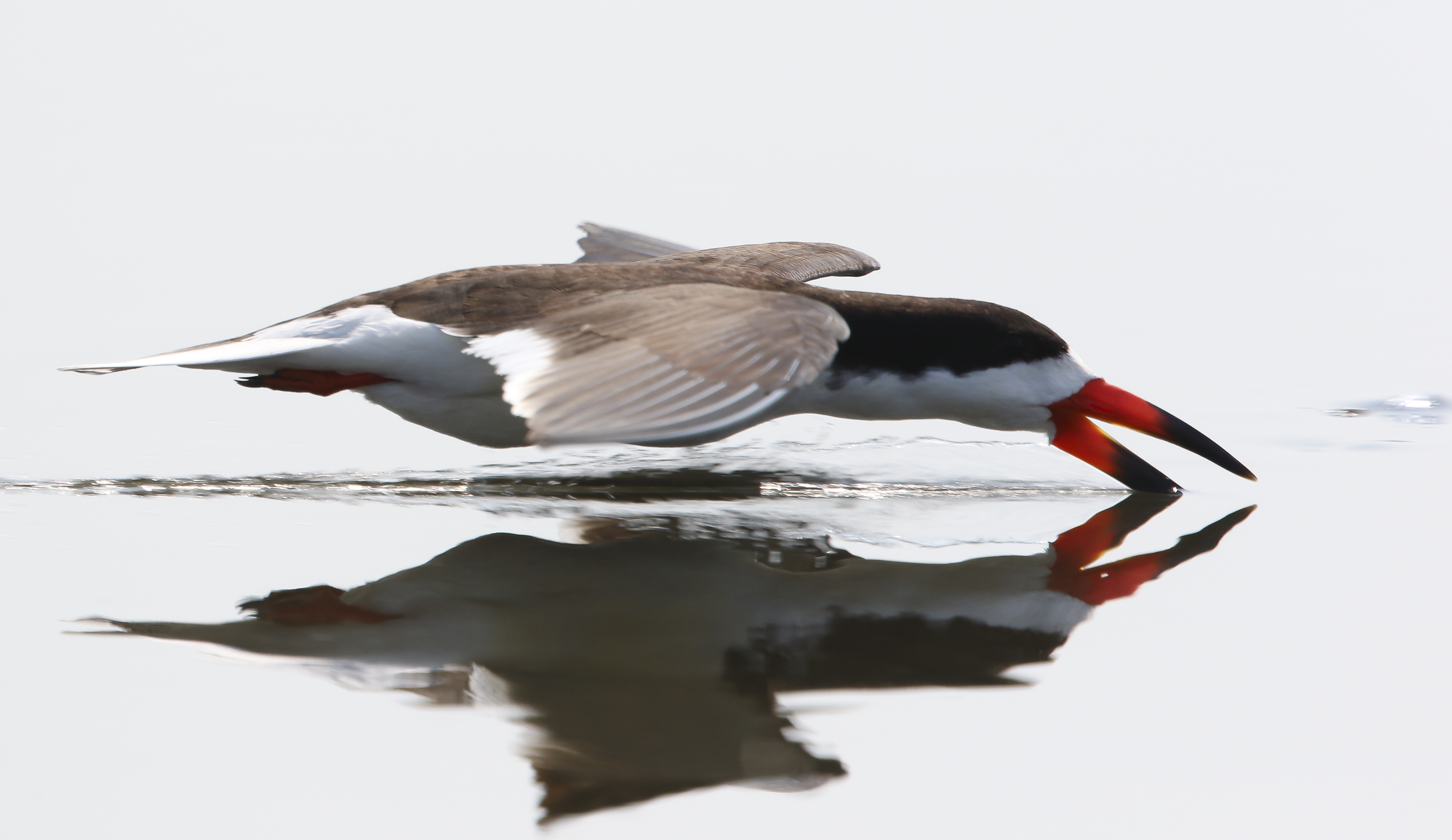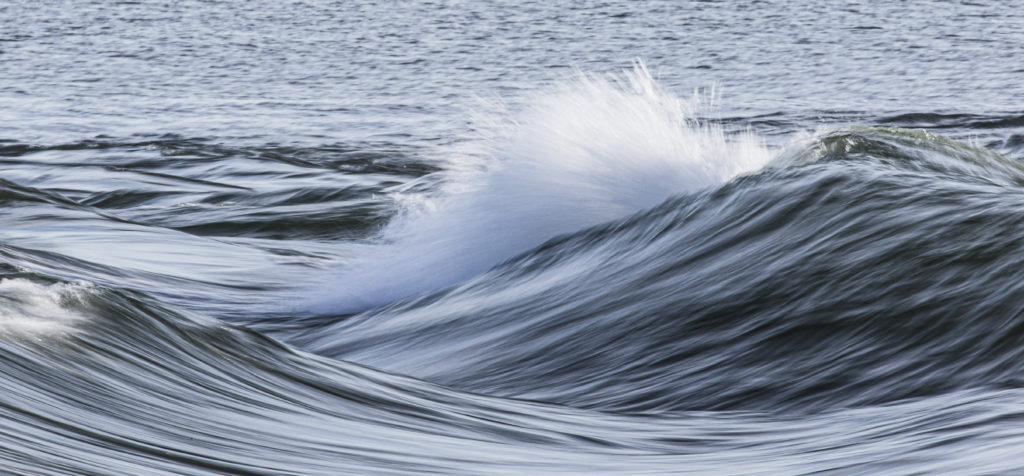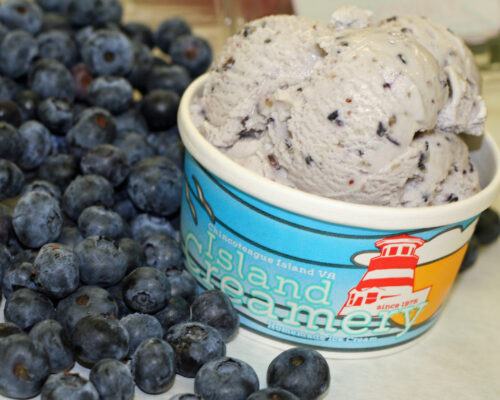Ideas for getting beautiful and unique photos of water
Living on the Bay naturally means taking photos of water. Taking the boat out or vacationing on a beach somewhere inspires us to pull our phones and cameras out to capture memories and the magical qualities of water.
I have always been drawn to photographing water. Flowing water, waterfalls, sunrise, storms, waves, boats and reflections—they all have a story or a unique abstractness that attracts me. But capturing those qualities on camera can be elusive.
Here are some of the techniques that I have used to bring out the sometimes-hidden beauty of water.
When taking photos of a river or stream, a long exposure of 1/4 of a second or more captures the flowing water. Short exposures tend to make the water look solid and glasslike, but sometimes that is the image you are looking for. A wide-angle lens will grab the surrounding scene but a macro-lens lets the tiny details come out. A telephoto lens can compress distances to make a series of waterfalls look like they are on top of each other.
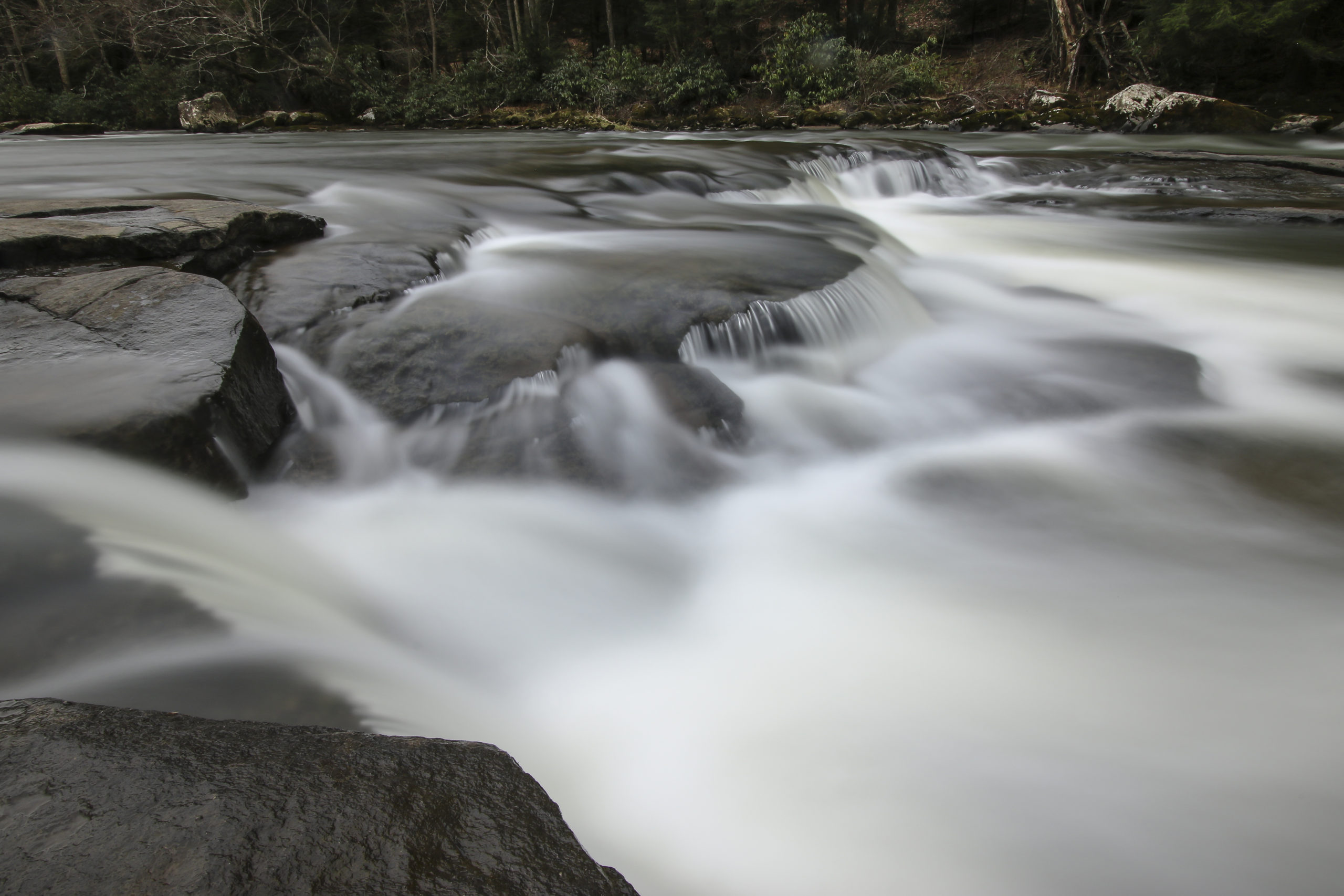
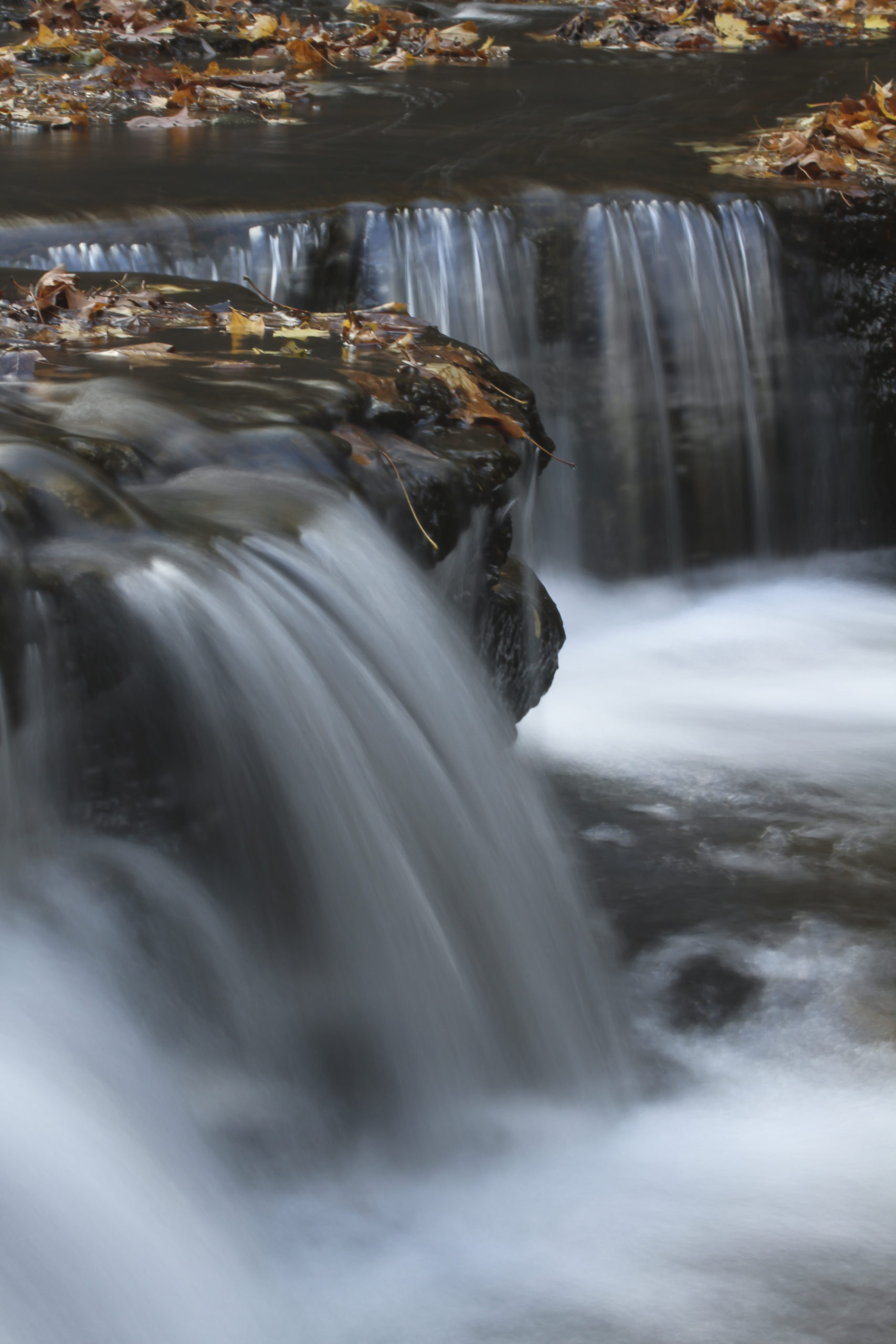
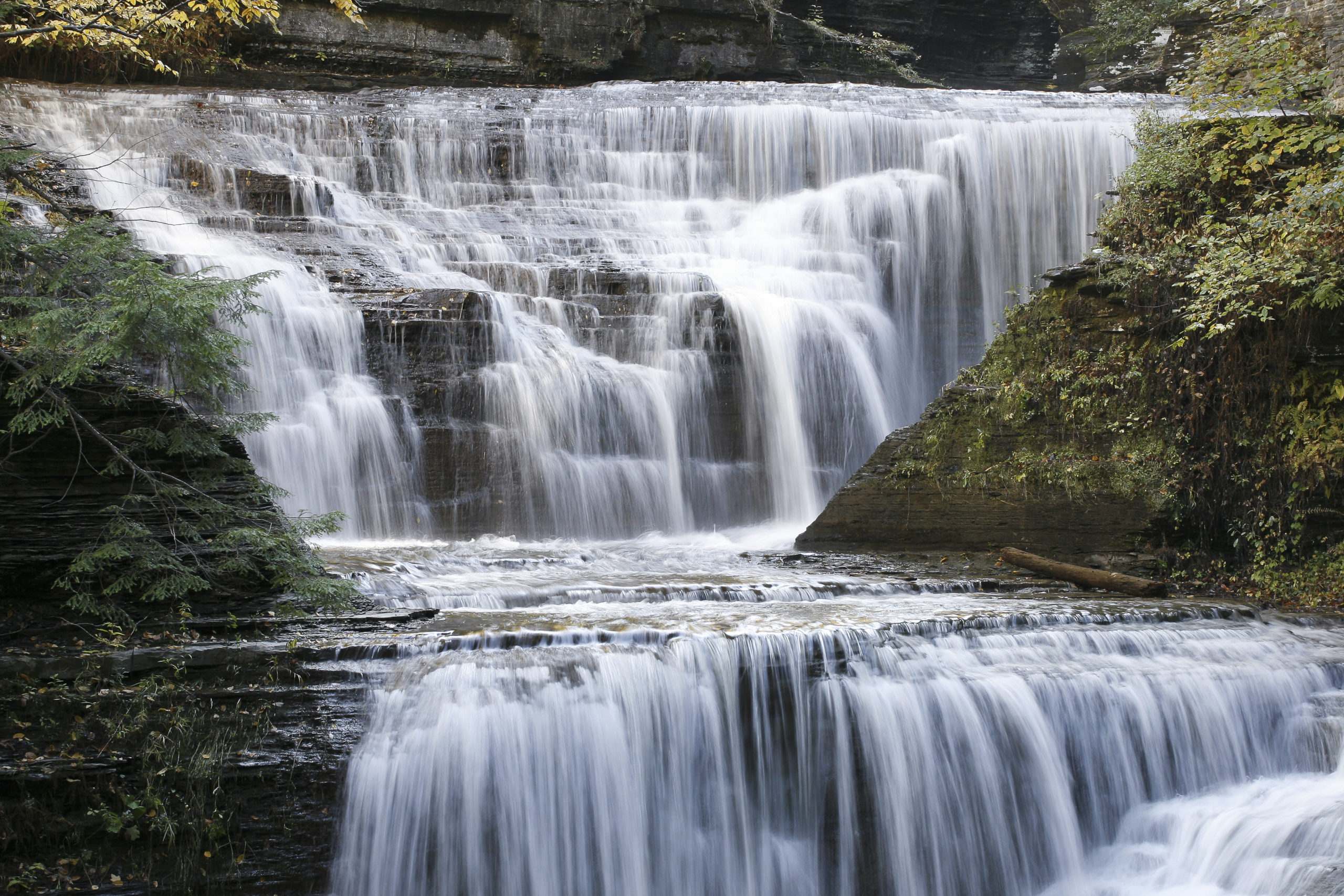
Winter is a great time to head to the beach to take photos of waves. As a nor’easter moves up the coast, the initial winds come off the ocean causing a buildup of waves but immediately after the storm passes, the winds shift to coming off the land. This causes the waves to have their tops blown off as they crash to shore. The photos can be dramatic. When taking a photo of those crashing ocean waves, a fast shutter speed to “freeze” the water is needed.
Of course, there are times when a slow shutter produces a better image, like with standing waves. A standing wave frequently occurs when water goes out Ocean City Inlet while ocean waves try to roll in. When the speed of the waves coming in comes close to matching the speed of the outgoing water, the wave stands still and builds in size. A slow shutter speed brings out the spits and splashes as the wave crests.
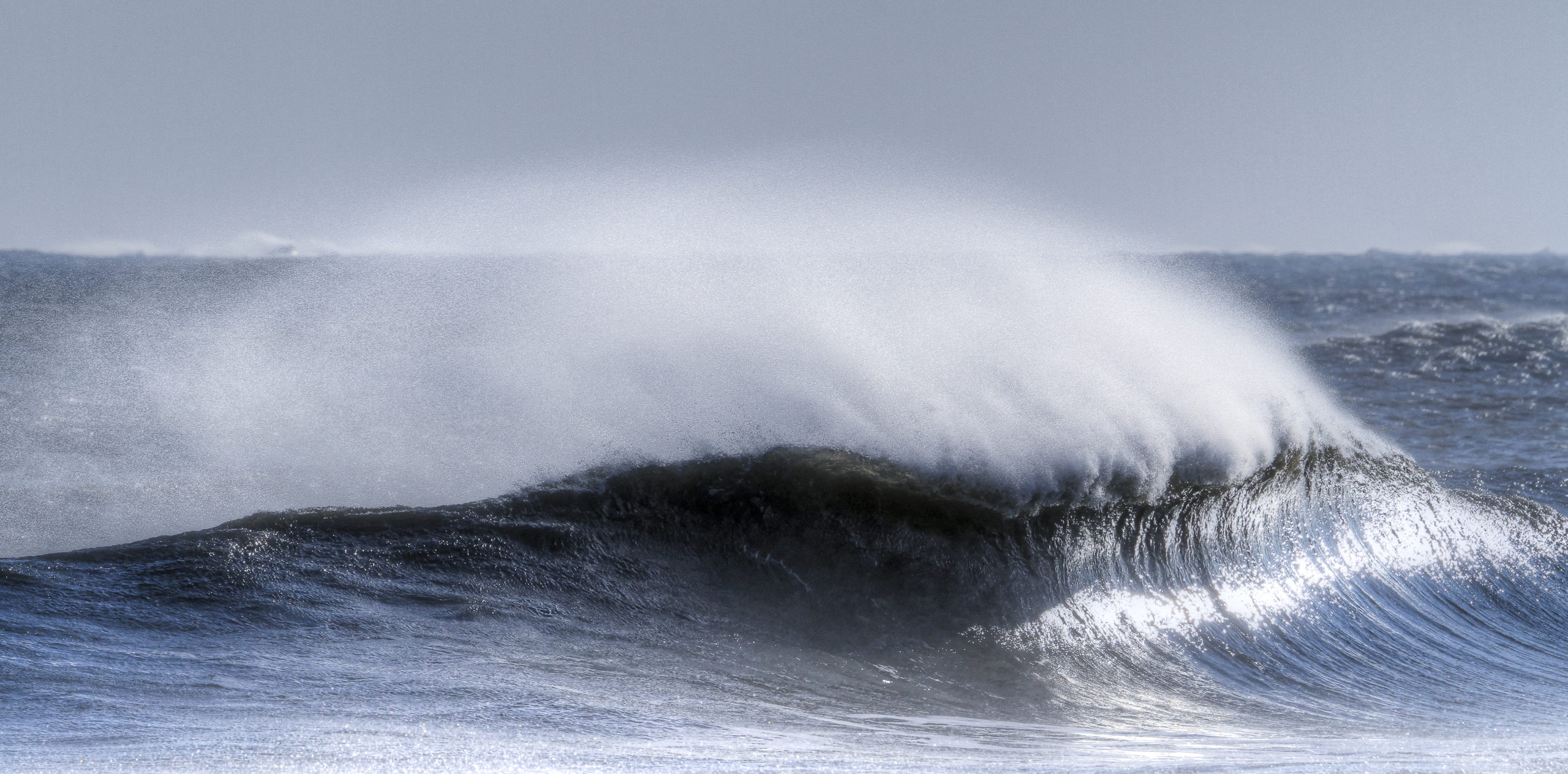
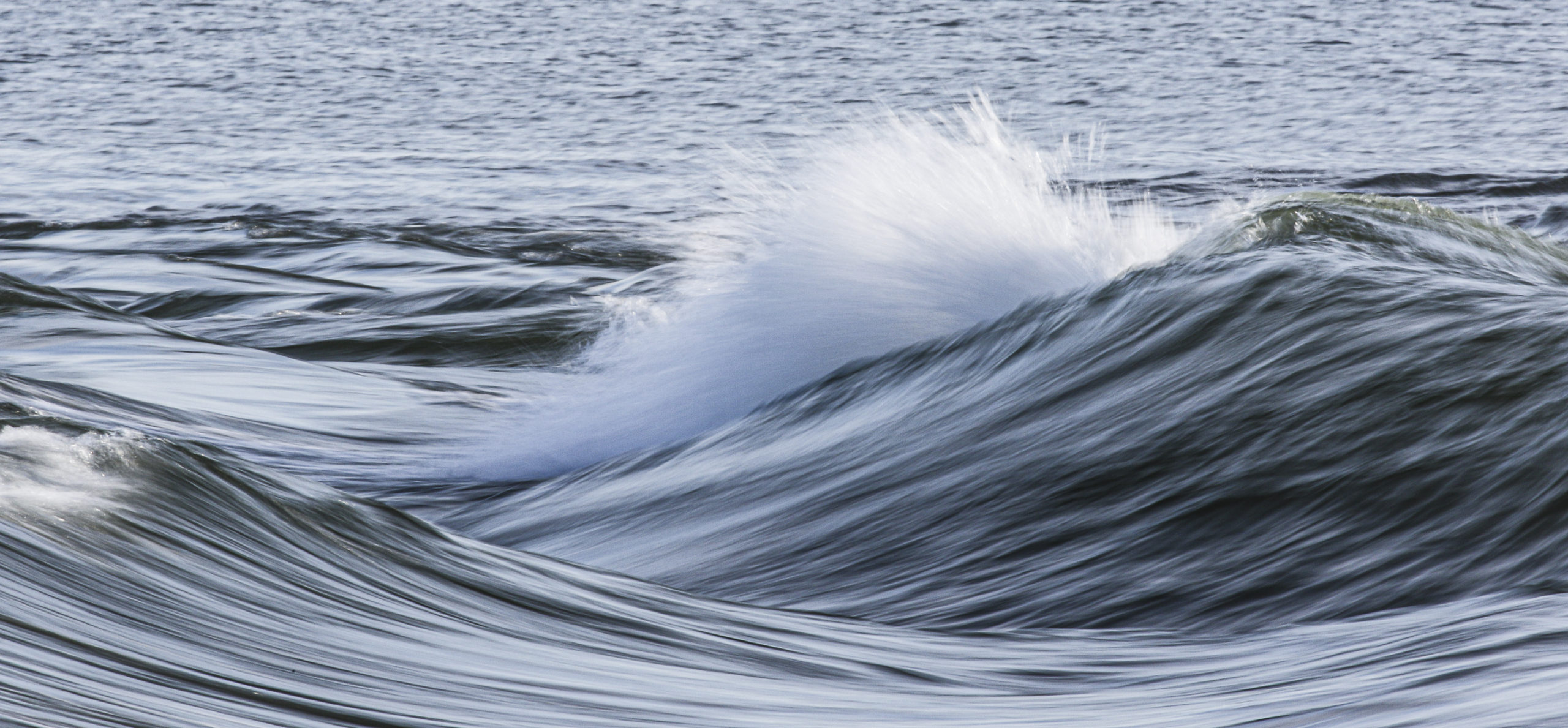
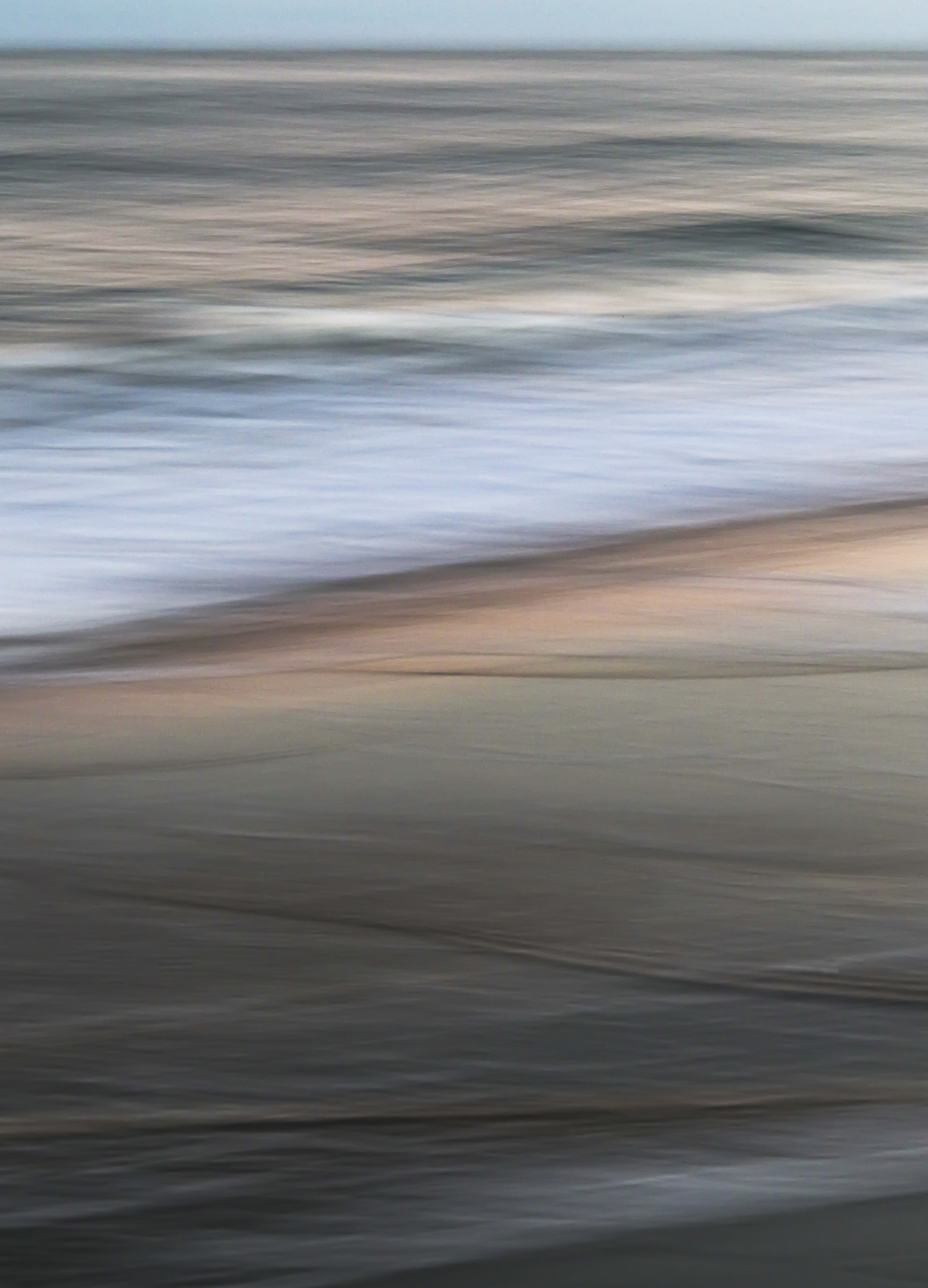
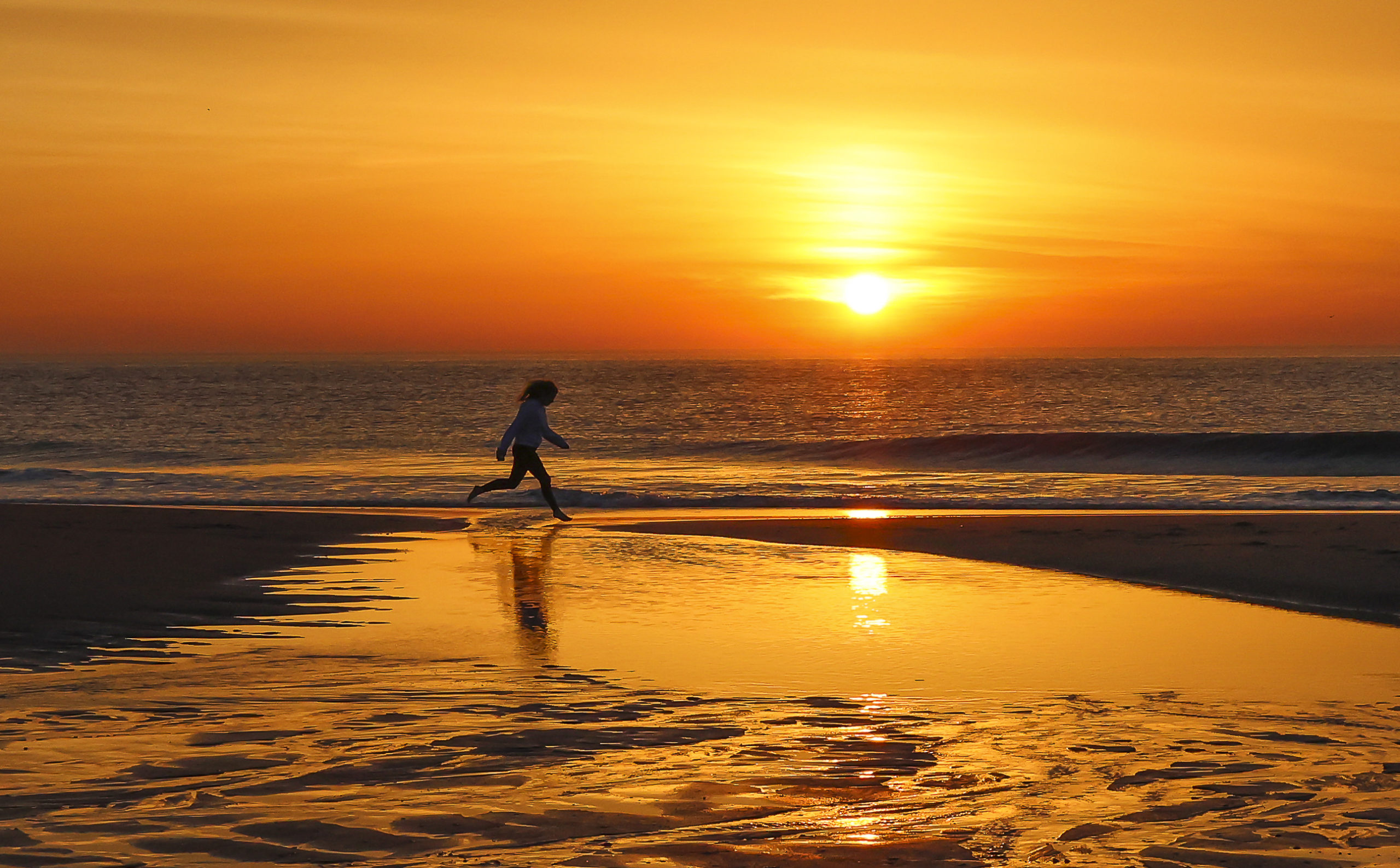
A long exposure just after sunset allows the camera’s sensor to bring in those colors that your eye can’t see. Taking a long exposure at the water’s edge after sunset can result in a palette of pastel colors. Another way to creatively bring out a scene just after sunset is to take a long exposure swipe. If you set the camera to 1/2 second (or iPhone to live mode), adjust focus and exposure for the horizon and then, as you hit the shutter, swing the camera horizontally. The smeared water will produce surprising colors and textures. The iPhoto should be looked at with “long exposure”.
With a small change, a lovely yet plain sunrise or sunset on the water can be made more interesting. Adding people, objects or structures that lead your eyes around the shot greatly adds to appeal (examples below).
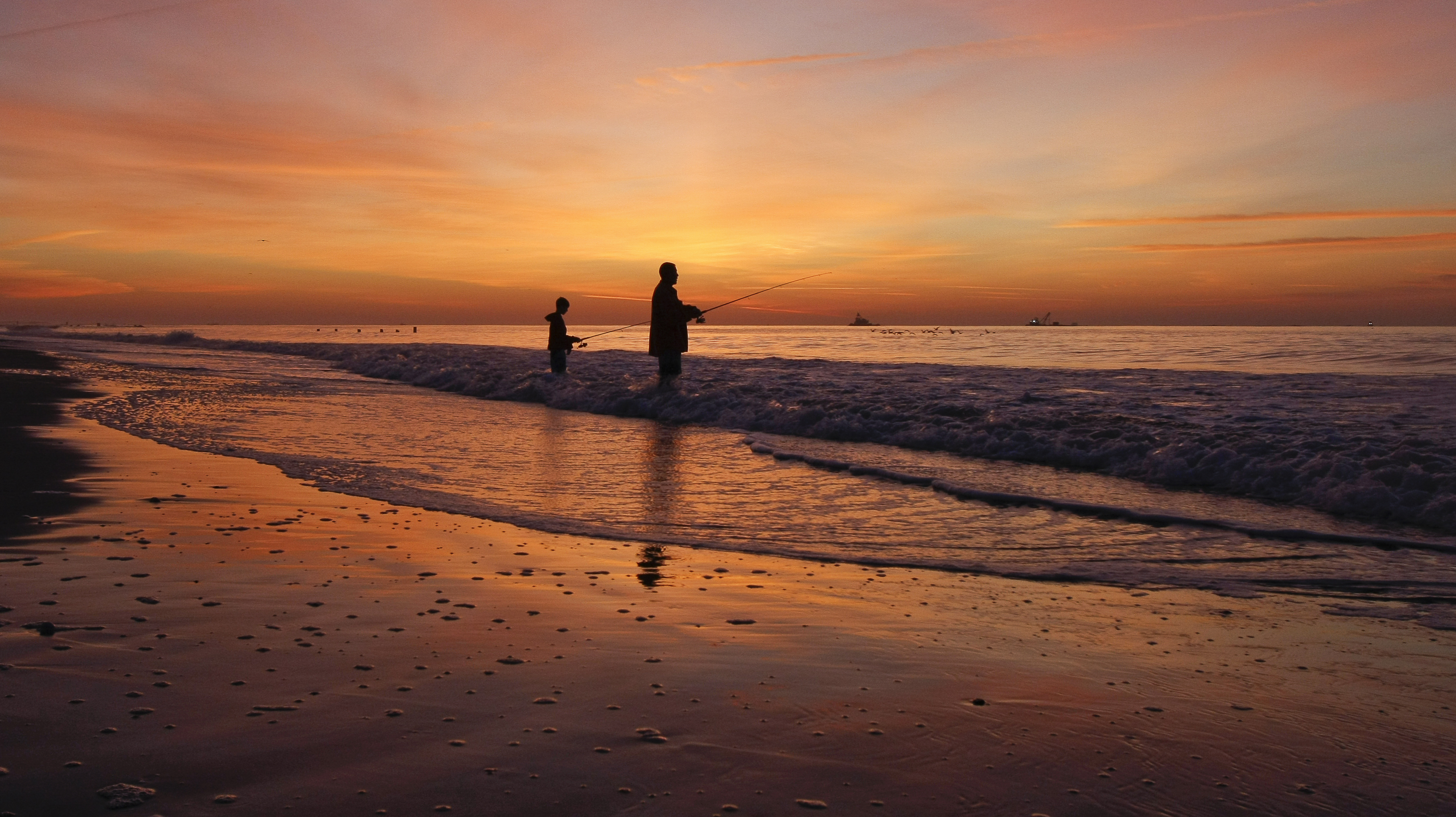
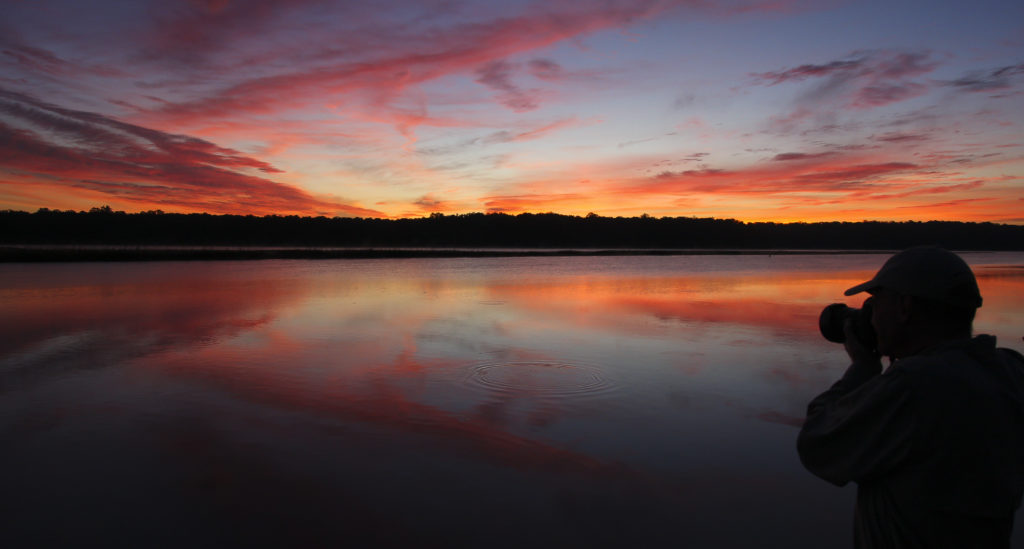
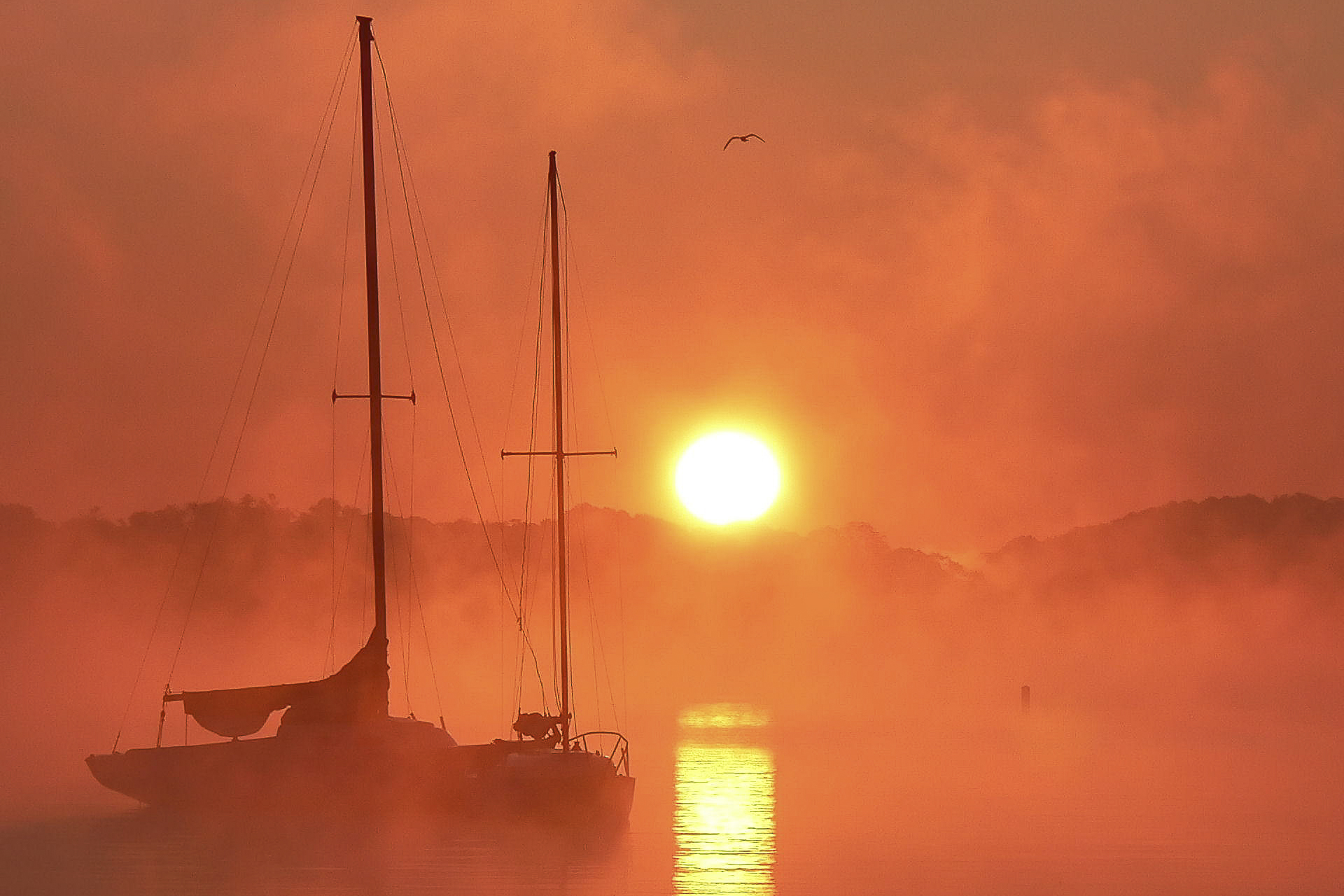
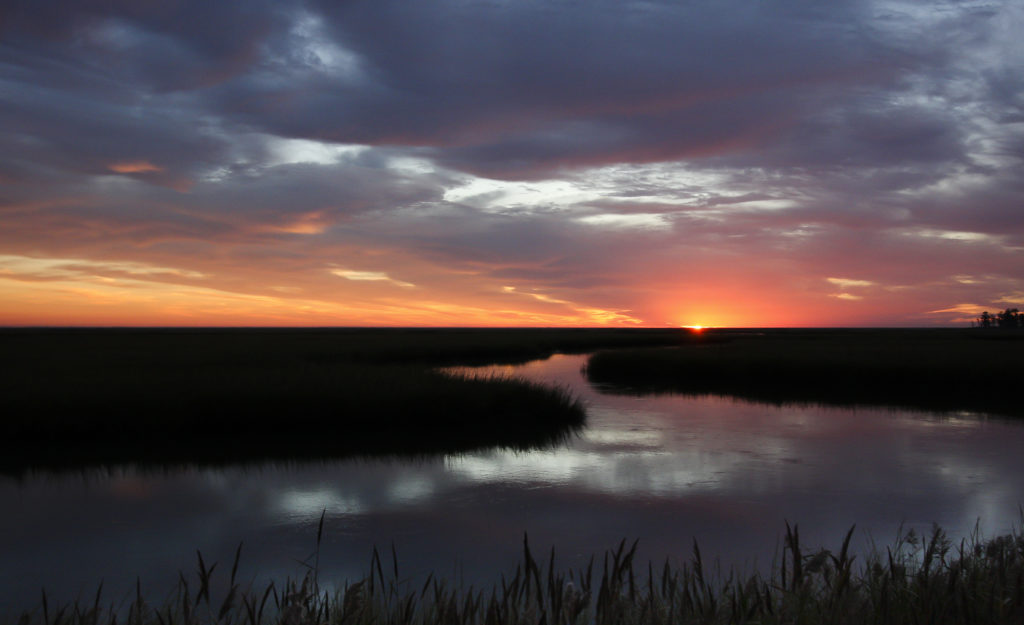
Photos of boats become more appealing when we can capture elements of conflict or symmetry. Boat details and water reflections from a different perspective can be quite interesting.
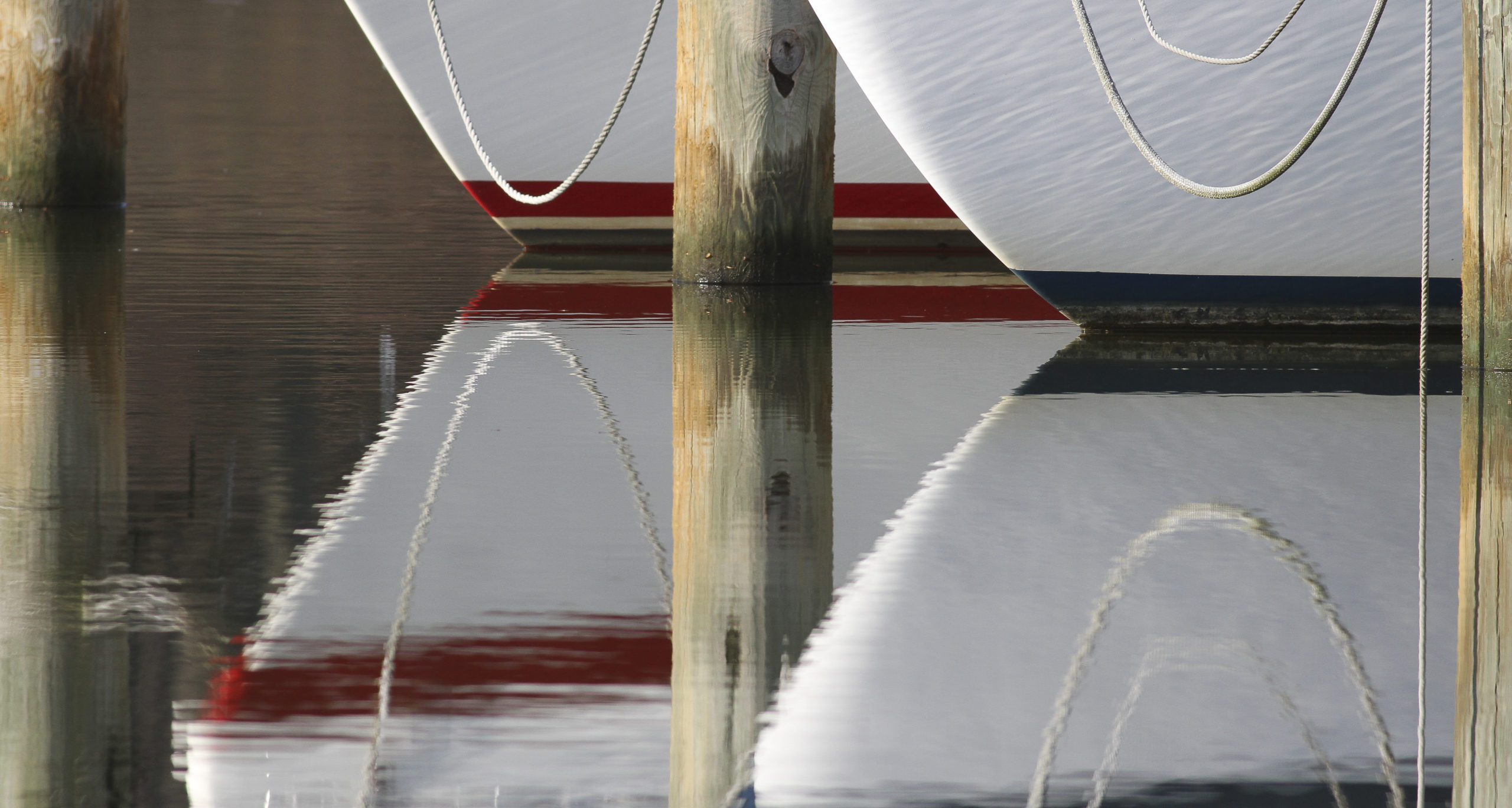
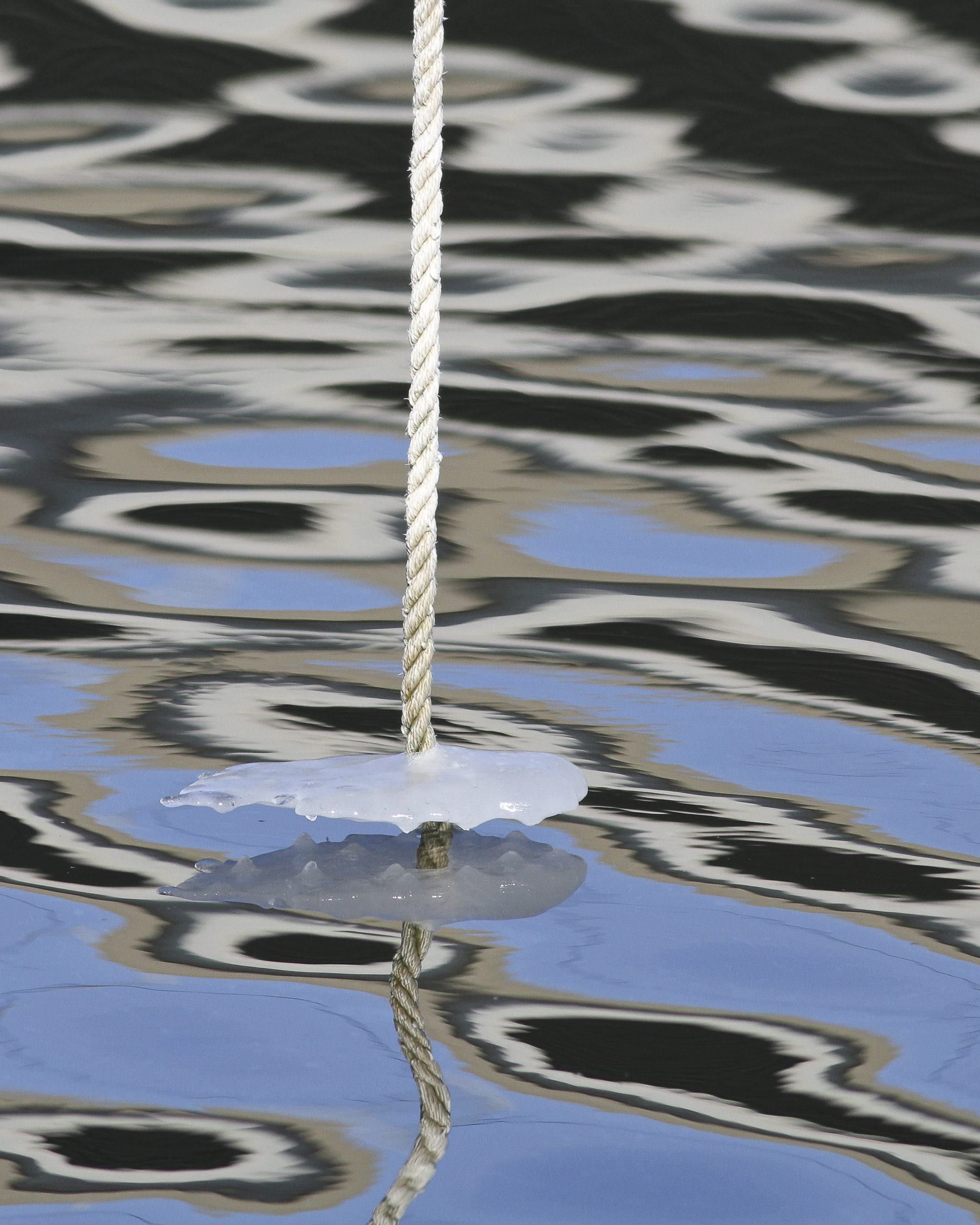
The photo below on the left shows a stressful situation more clearly thanks to the use of a telephoto lens. The photo on the right tells a story—we see fishermen going upstream on the Susquehanna River while an eagle watches in the background.
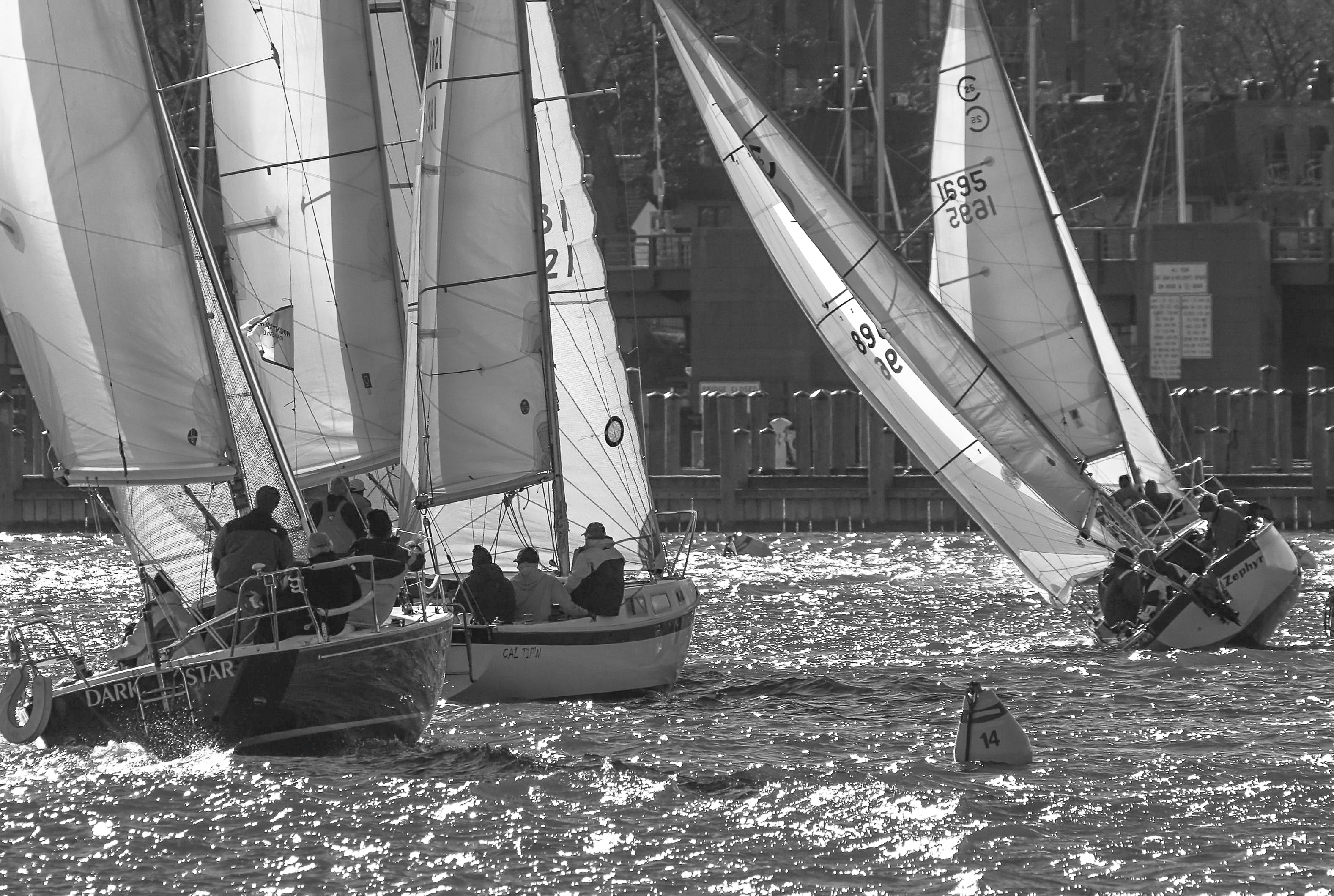
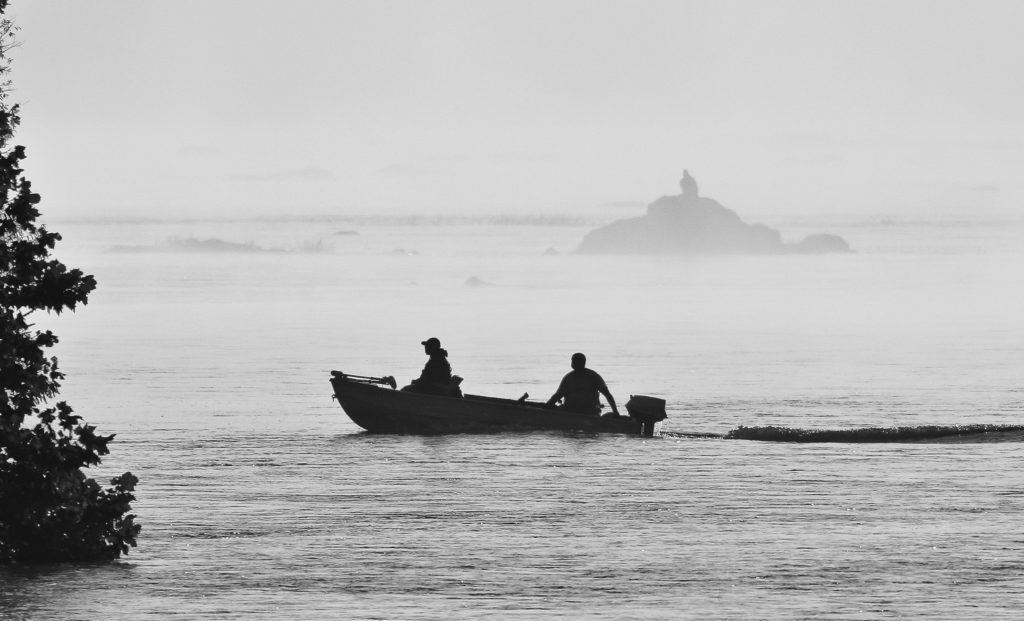
If you want to see what is under the water’s surface, reflections need to be eliminated. For the photo of the fish (see gallery below), a very dark building was on the other side of a deep koi pond. The dark building removed the reflection and the image of the fish swimming up from the depths of the pond appears as if I was using an underwater camera.
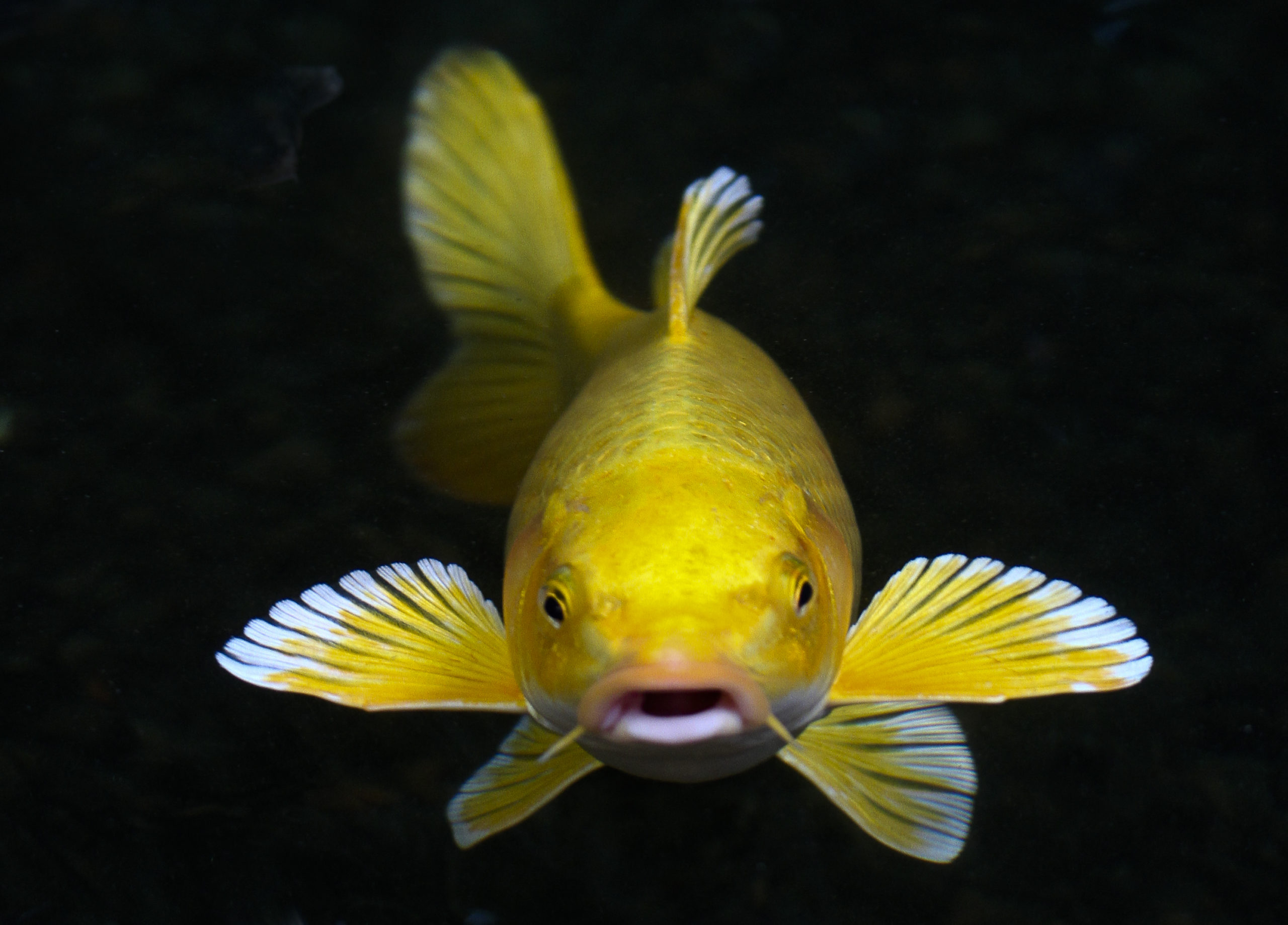
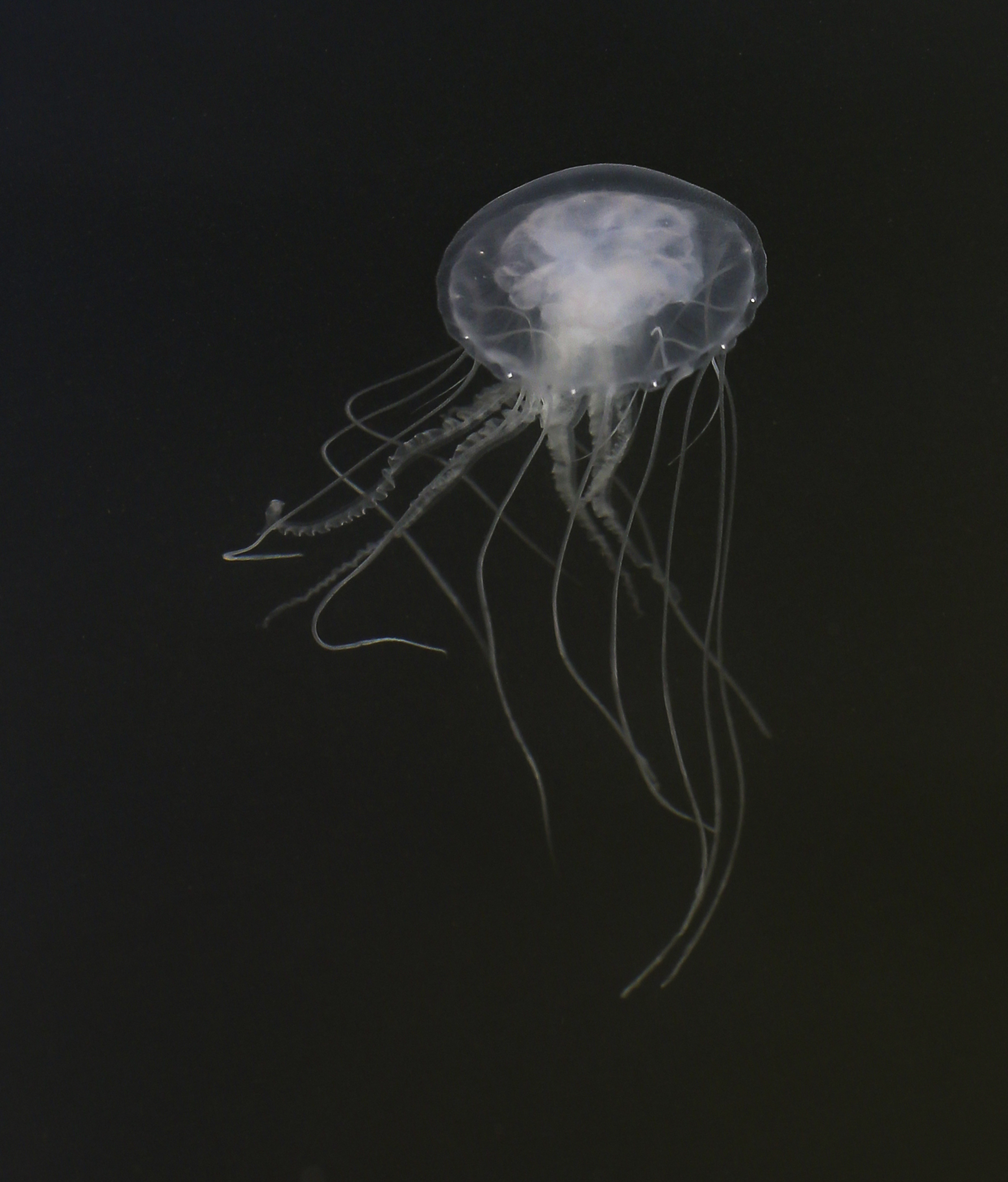
My number one tip: Try to look for the unusual textures or colors in water. Toss a stone into calm water to see the ripples. Use a long exposure on a moving boat, flowing water or just take a “swipe”.
Get to snapping and share your photos with CBM on social media.
